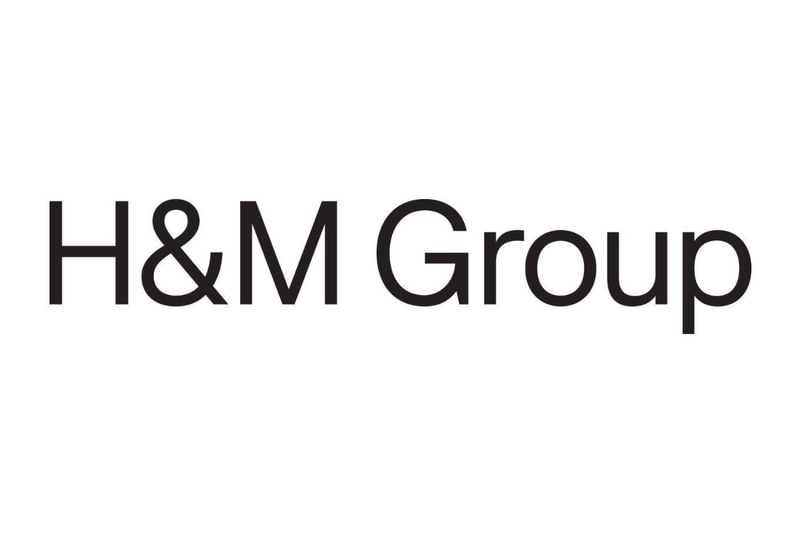
We Need You: Help Shape the SBTi’s Financial Institutions Net-Zero Standard
Jul 24th 2024
Today, the SBTi is releasing a Draft of its Financial Institution Net-Zero Standard for a second round of multi-stakeholder public consultation.
Experts from the finance sector, academia and civil society worldwide are being called upon to review and give feedback on the Draft Financial Institutions Net-Zero (FINZ) Standard. The public consultation survey will be open until October 11th. Additionally, on August 22nd, the SBTi will host a global webinar to walkthrough the FINZ Draft and answer questions from stakeholders.
The SBTi is carrying out a rigorous, thorough and transparent FINZ development process, including research, engagement with expert advisory groups, public consultation and pilot testing. The process started before the publication of the Standard Operating Procedure (SOP) for the Development of SBTi Standards, which sets out how SBTi Standards are developed. In accordance with the SOP, the SBTi is now working to adhere to these requirements where possible for this current development.
The SBTi has also issued a separate call for financial institution participants to pilot the Draft FINZ Standard. Those interested in participating should complete the FINZ Standard - Consultation Draft Pilot Testing Application Form no later than August 9th. The pilot test will run parallel to the public consultation and will be used to inform the final version of the FINZ Standard.
In 2023, the SBTi received 139 responses to a public consultation on an initial draft version of the FINZ Standard. Since then, it has reviewed the feedback, carried out additional research and updated the draft standard accordingly.
Contents of the Draft FINZ Standard
The Draft FINZ Standard is built around five outcomes for Financial Institutions (FIs) with five corresponding sections that are under consultation:
Outcome | Draft FINZ Standard Section | Draft Requirements and Recommendations |
Robust climate governance | Entity level: Organizational Commitments and Leadership |
|
Comprehensive assessment of climate impacts | GHG Accounting: Exposure and Portfolio Emissions |
|
Climate alignment of relevant financial activities | Portfolio Climate-Alignment Targets |
|
Climate emission-intensive activities | Emission-intensive Sector Targets |
|
Transparency and reporting | Reporting |
|
FI Near-Term (FINT) Criteria and Draft FINZ Standard
There are already 120 FIs with validated near-term science-based targets in line with the SBTi’s FI Near-Term (FINT) Criteria. To enable FIs to set both near- and long-term targets aligned with net-zero, the Draft FINZ Standard builds upon FINT in multiple ways.
Compared to the existing near-term criteria, the Draft FINZ Standard extends the scope of the framework to enable new target setting options for a wider set of financial activities, including insurance underwriting and capital market activities. It also enables FIs to set long-term net-zero targets on top of their existing near-term science-based targets.
The Draft FINZ Standard incorporates new and expanded approaches to near-term targets which are intended to address existing challenges and make SBTi finance standards more interoperable with the wider climate finance ecosystem.
Once finalized, approved and fully implemented, the FINZ Standard is expected to replace the current FINT Criteria. FIs setting targets for the first time or going through a re-validation process are subject to the Criteria or Standard that is valid at the time of submission. In the meantime, FIs are encouraged to use the FINT Criteria to set near-term targets for SBTi validation.
Next Steps
Following the public consultation and pilot testing, the SBTi will review and consider the feedback received and make adjustments to the Draft FINZ Standard. Once updated, the Draft FINZ Standard will be presented to the Technical Council for review and approval. The Project Team will also provide a summary of the development process to date, including key issues raised and how they were addressed.
After it’s approved by the Technical Council, the Board of Trustees will consider the standard for formal adoption. If approved, the final FINZ Standard will be published for use.
To stay informed on the latest FINZ developments, sign up to our newsletter and follow the SBTi on LinkedIn and X (formerly known as Twitter).
This article was updated on September 30th 2024 with an extended public consultation deadline.



